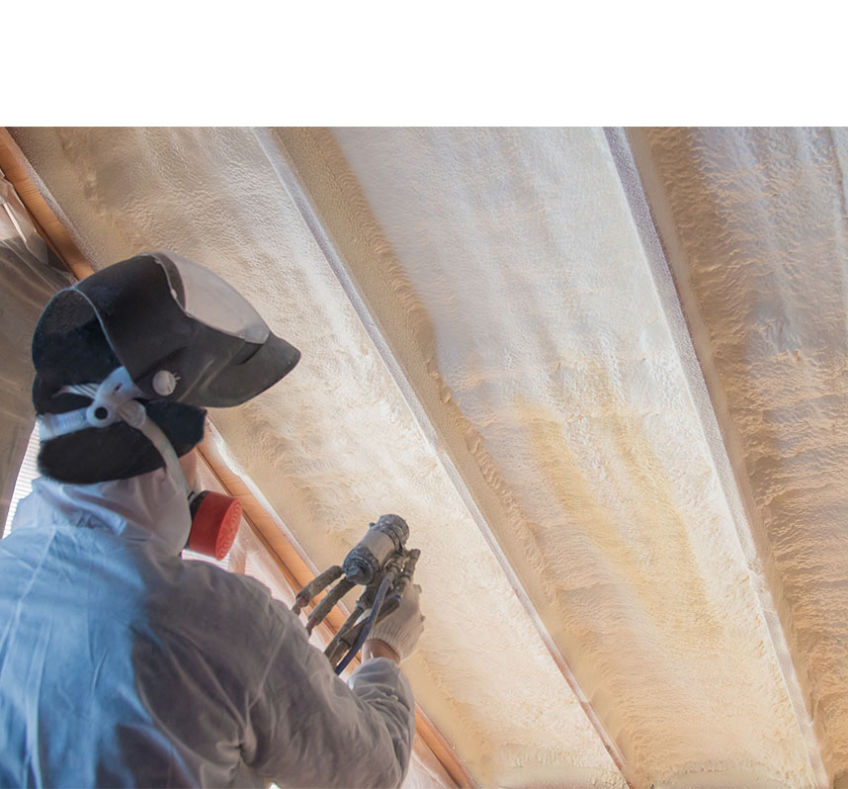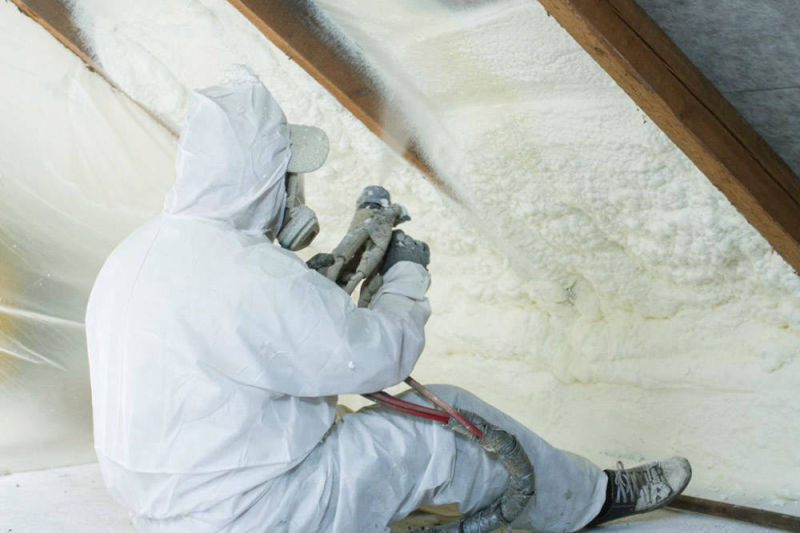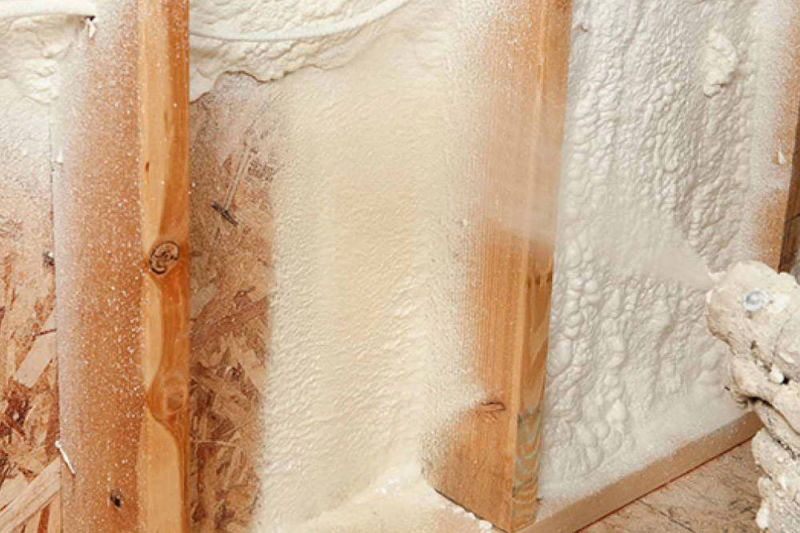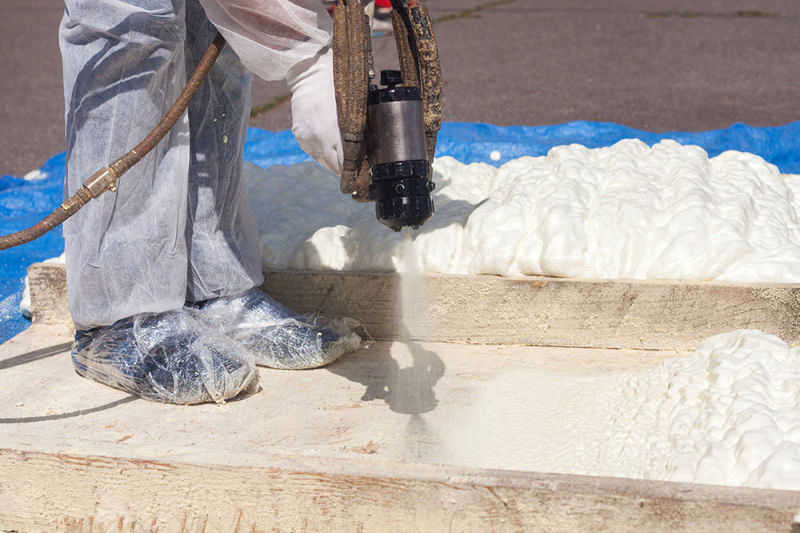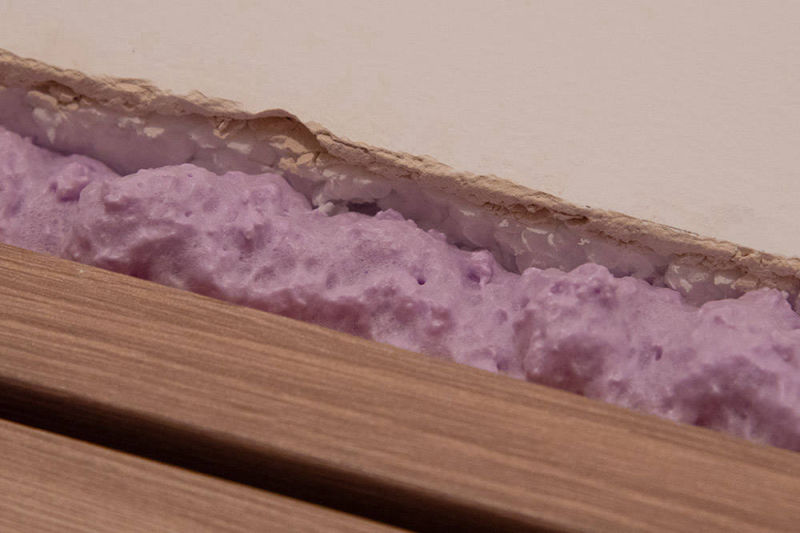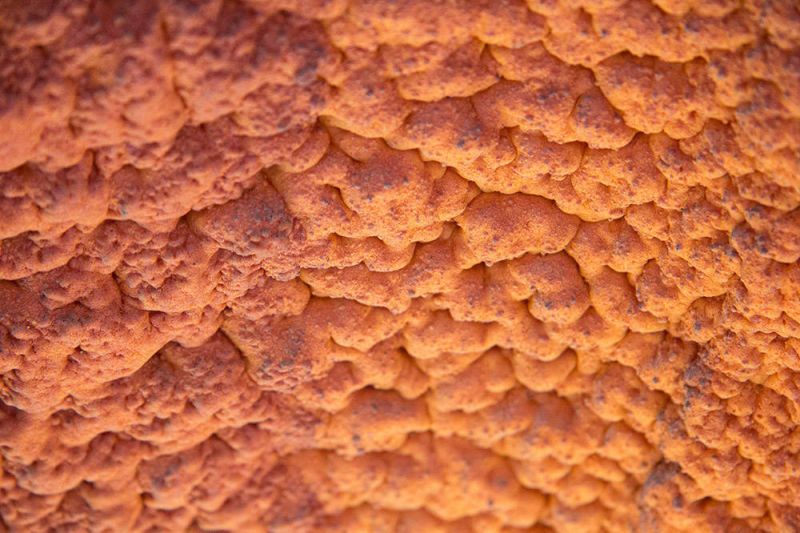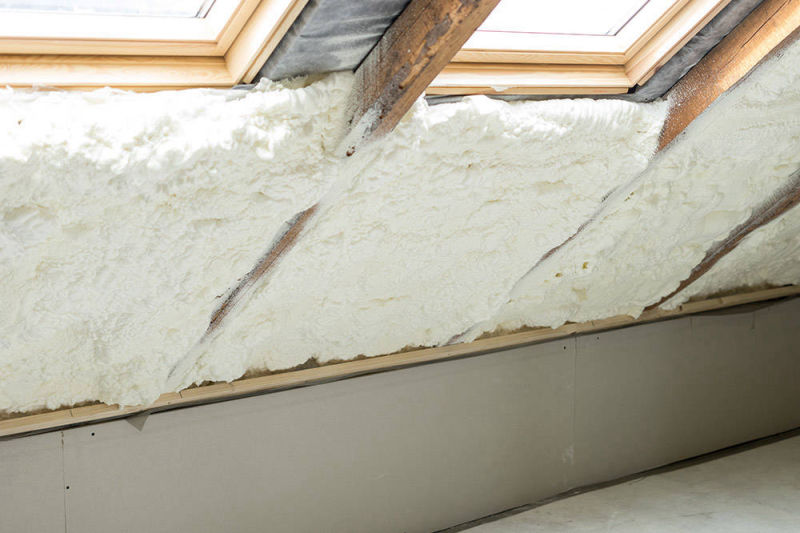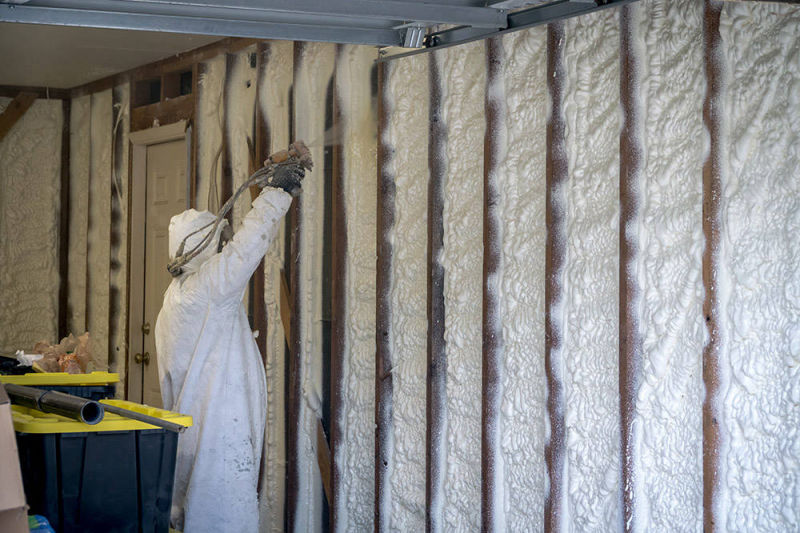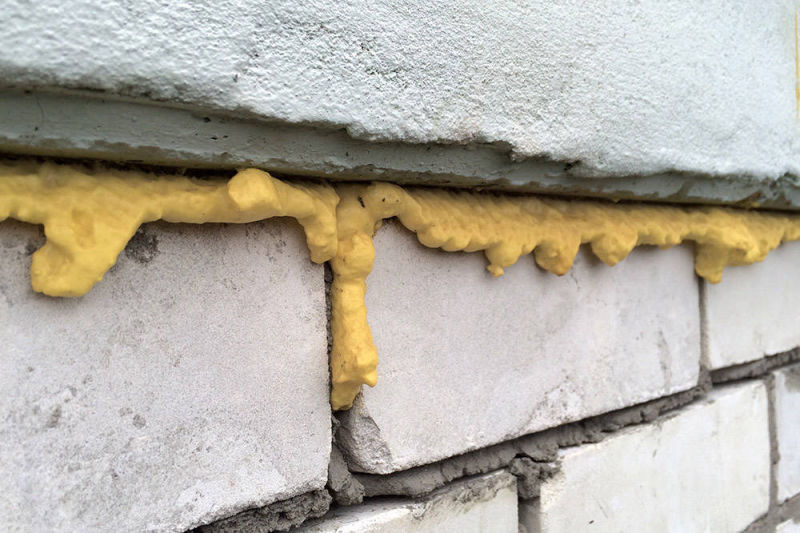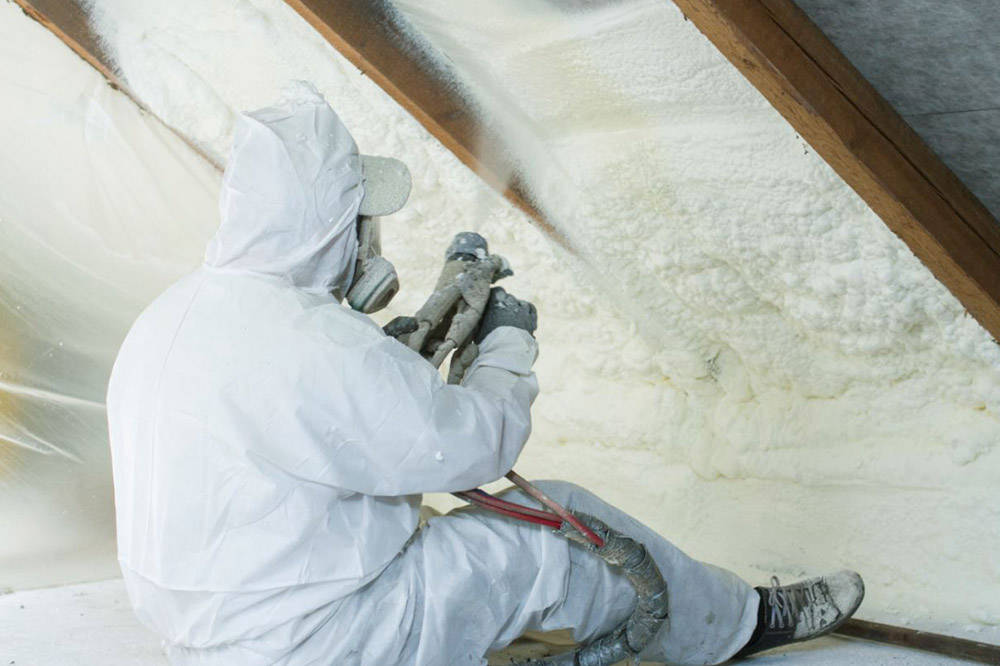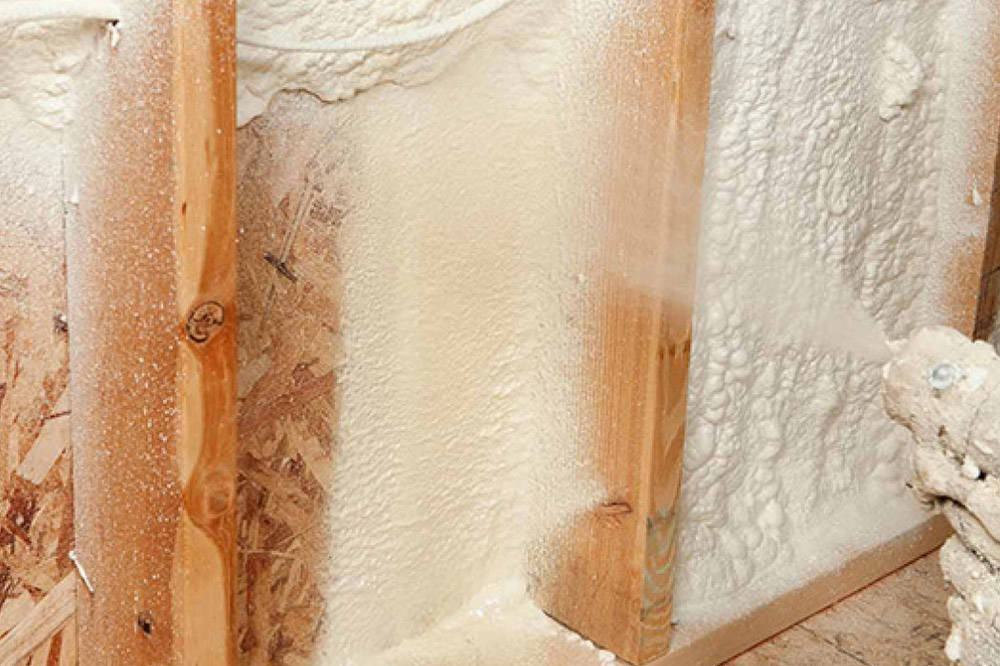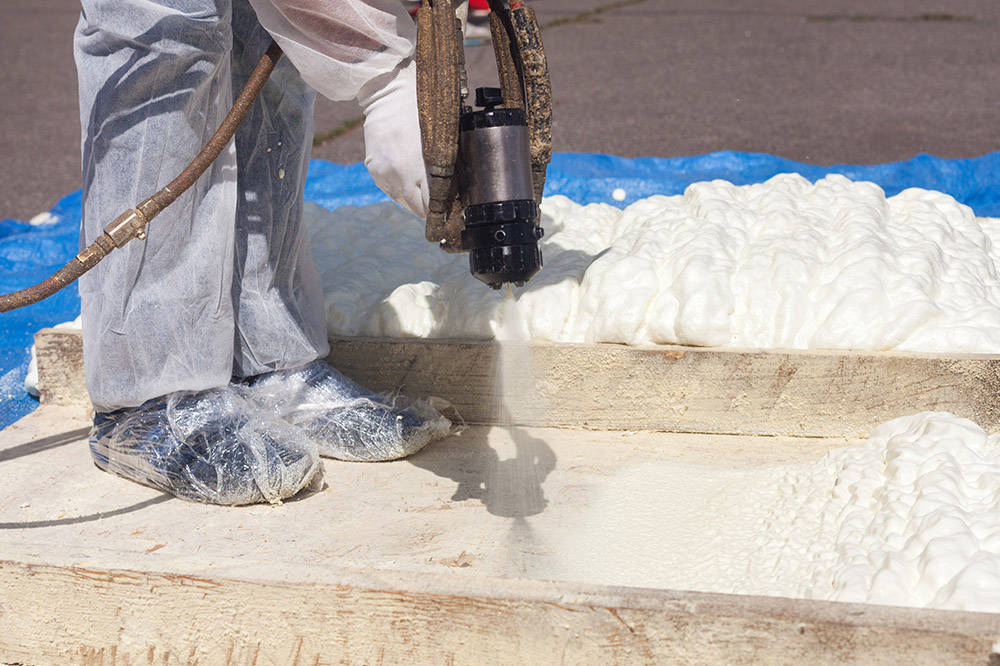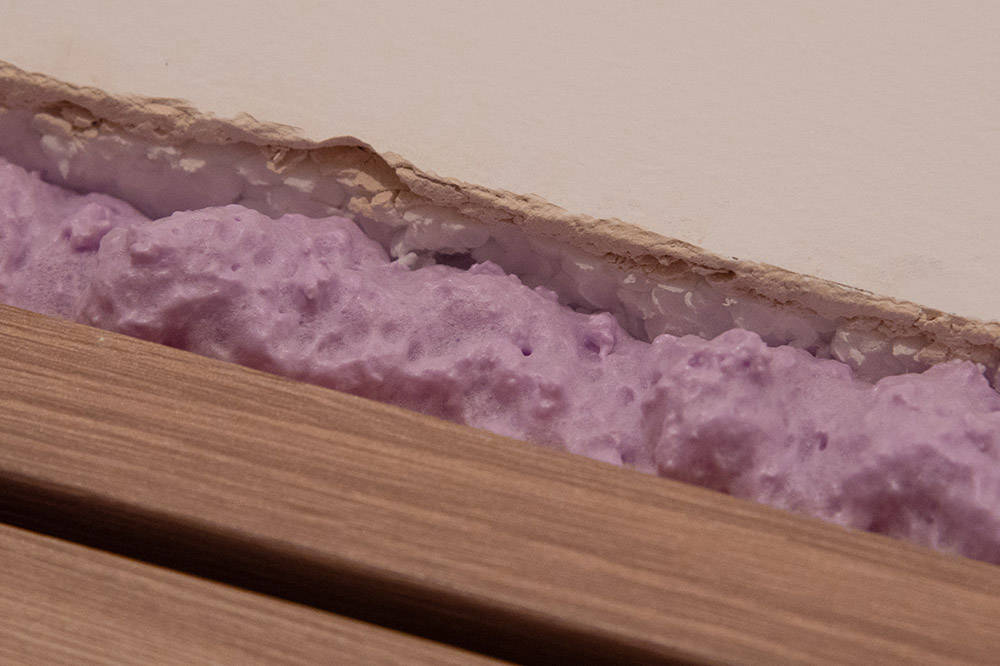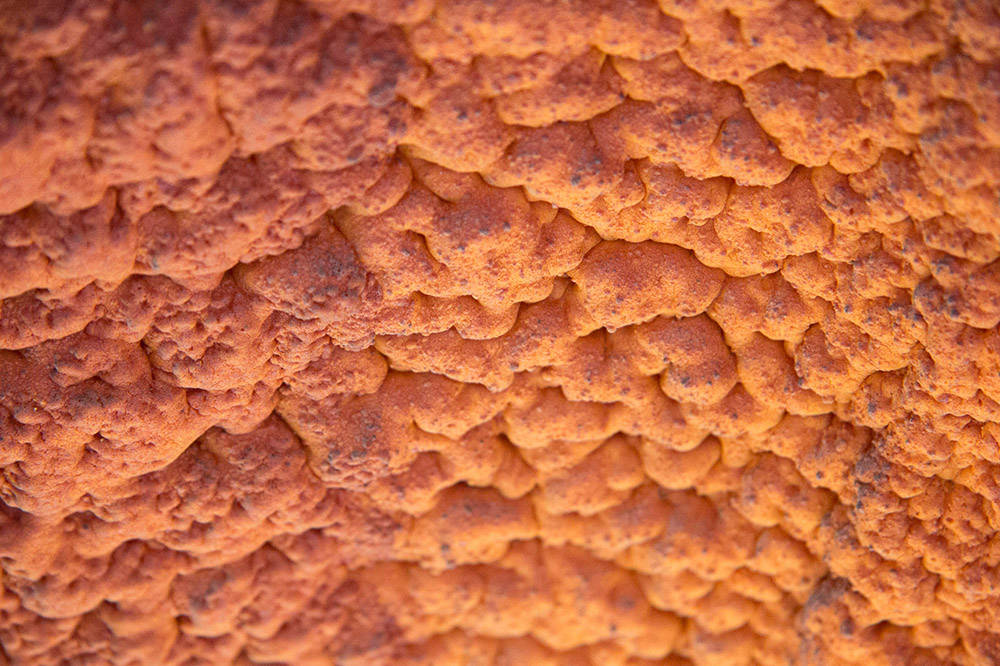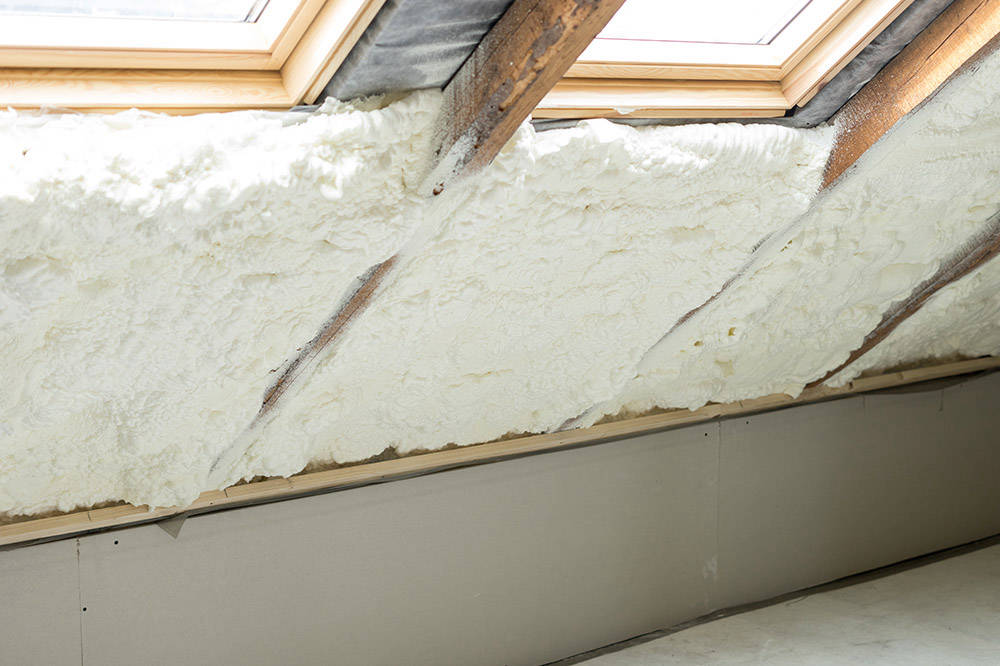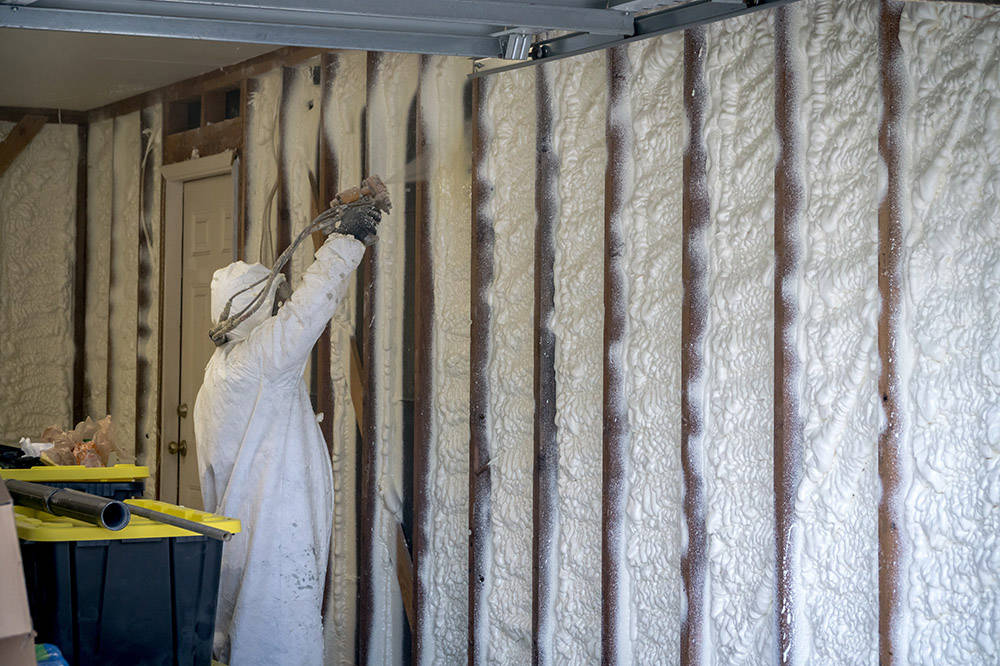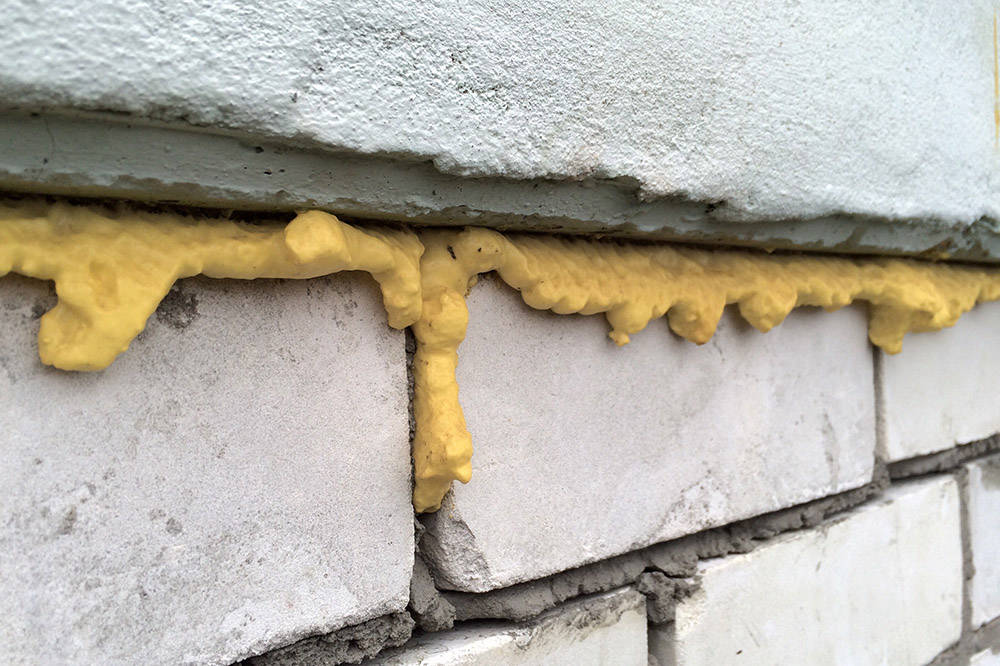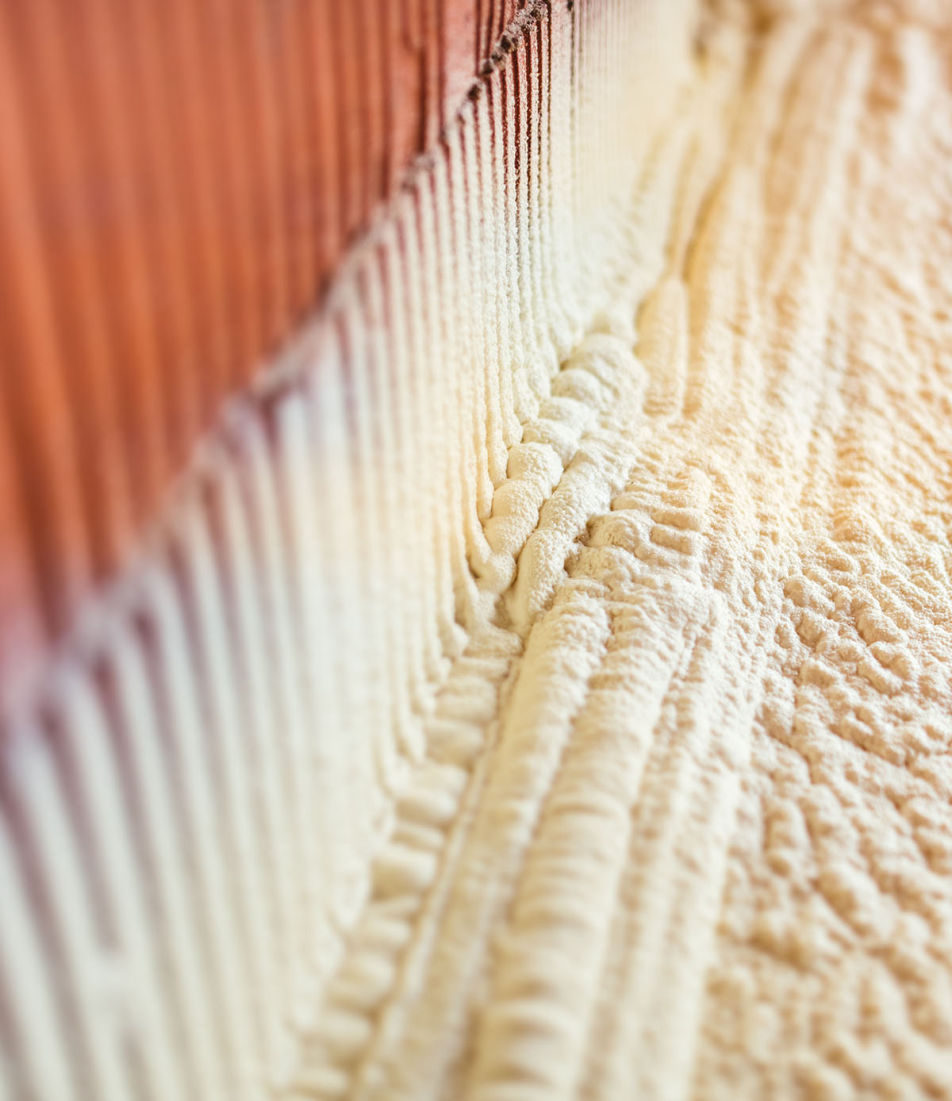
Spray Polyurethane Foam
Spray polyurethane foam (SPF) is a spray-applied plastic that can form a continuous insulation and air sealing barrier on walls, roofs, around corners, and on all contoured surfaces. It is made by mixing and reacting unique liquid components at the job site to create foam. The liquids react very quickly when mixed, expanding on contact to create foam that insulates, seals gaps, and can form moisture and vapor barriers. SPF insulation is known to resist heat transfer extremely well, and it offers a highly effective solution in reducing unwanted air infiltration through cracks, seams, and joints.
BENEFITS
▶︎ Lower energy cost
▶︎ Stops drafts allergens and condensation
•Better indoor air quality
▶︎ Does not settle or shrink
▶︎ Quieter indoor environment
▶︎ Fills irregular shapes
▶︎ Increased climate comfort
•Adds structural strength
▶︎ Seals cracks and voids
▶︎ Keeps out unwanted pests
